PackEx Innovation: Digital Braille
Braille was developed in 1825 by the Frenchman Louis Braille and enables blind or severely visually impaired people to read texts with the help of their fingertips. For this purpose, six dots in 3×2 lines are punched into paper or other material - this results in 64 possible combinations with which the entire alphabet as well as numbers and punctuation marks can be depicted. Braille is used in everyday life on traffic lights, signs or in lifts, among other things, and helps visually impaired people overcome everyday barriers.
Braille for folding boxes
In the field of folding cartons, Braille plays an important role, especially for medications, because even visually impaired persons must be able to distinguish between medications. Otherwise, there is a risk of poisoning or overdosing. Since 2006, it has therefore been mandatory for manufacturers of medicines to use Braille on their packaging.
Conventionally, the Braille is inserted into the material using a punch. For this purpose, an extra tool must be made which presses the dots into the printed sheet from below. This "displaces" the material and the desired Braille dots are formed on the surface. In addition to the production of an extra punch, this process also requires a specially adapted setup of the press for the respective print job - a cost and, above all, time factor that should not be underestimated.
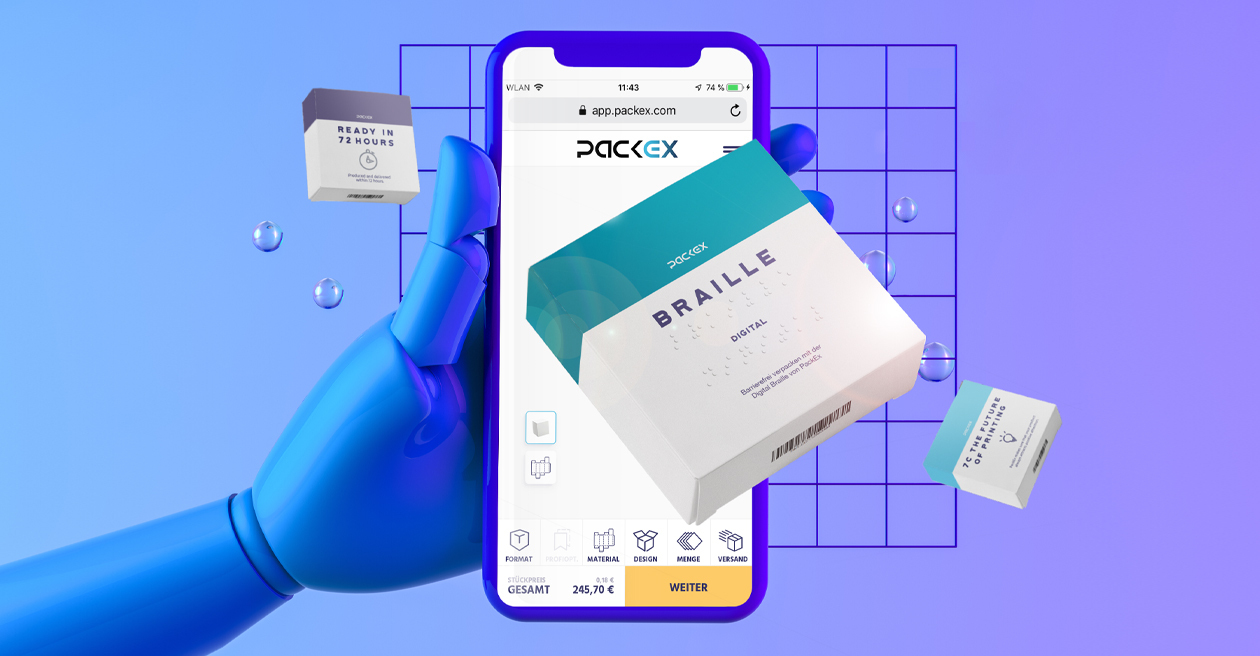
A step towards the digital future
All this is diametrically opposed to PackEx's business model, which is based on digitalization and automation. So it was decided to take a special step: the introduction of Digital Braille. In a unique process for the folding carton industry, Braille is applied additively to the material using a special UV coating. This has several advantages: in addition to the great time savings, the almost perfect quality stands out above all.
Whereas with the conventional method there is a risk of the Braille dots bursting due to material displacement, with the additive method the dots can be perfectly shaped and applied at the optimum height without damaging the substrate. The high precision also allows the braille to be applied closer to corners and edges, giving greater latitude in packaging design. The separate production and use of a die cutter is therefore completely eliminated with this process.
Complex technology for maximum results
For Digital Braille, PackEx has chosen a combination of different machines that is unique in the world. Based on a Kohmann transport machine, four additional components are used - including three print heads for applying the UV coating, an LED drying system and a high-precision Braille measuring machine, which is only available from PackEx in this form. The proven video-based quality assurance (VQA) is also used here.
The setup and coordination of the complex construction was coordinated by PackEx boss Julian Erhard - a lengthy and time-consuming undertaking.
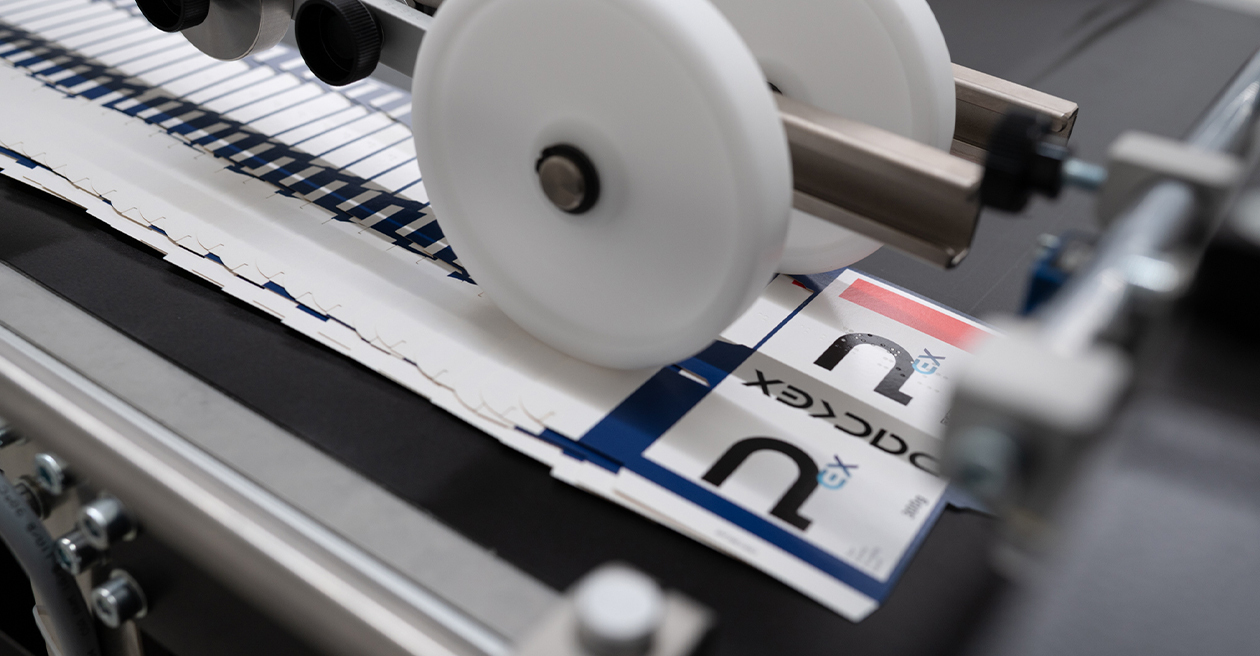
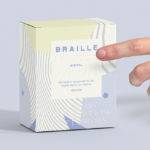
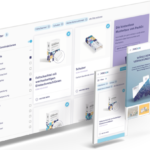

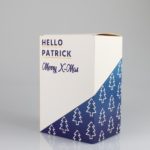
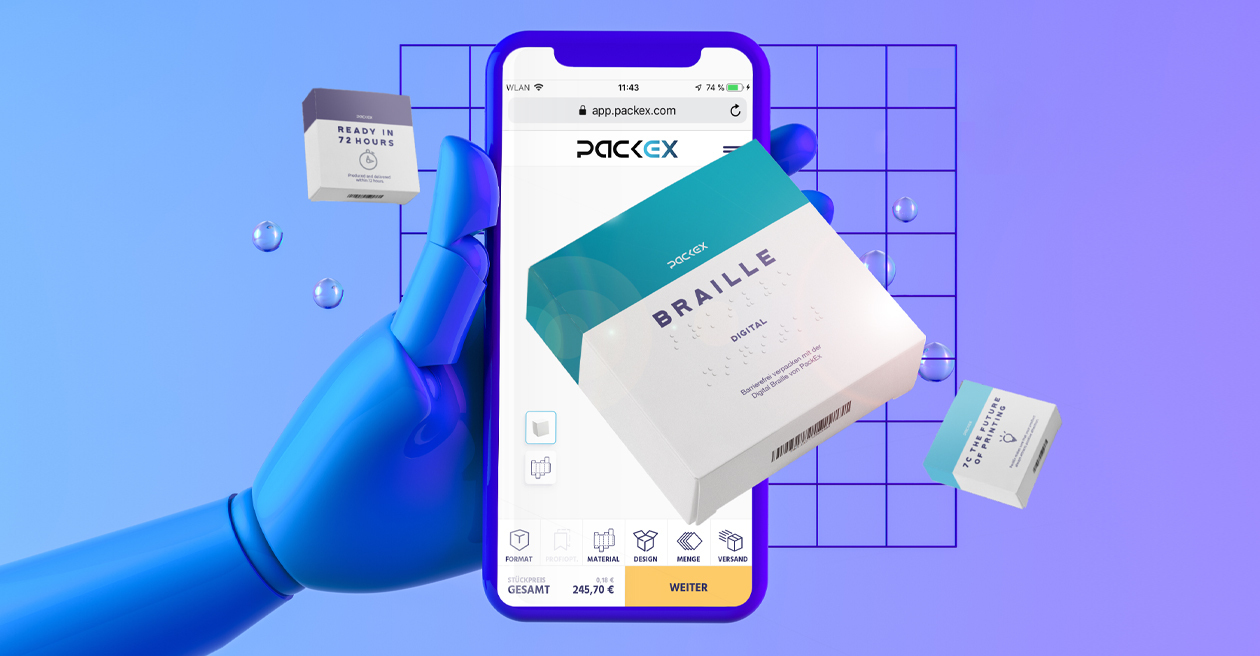

;)